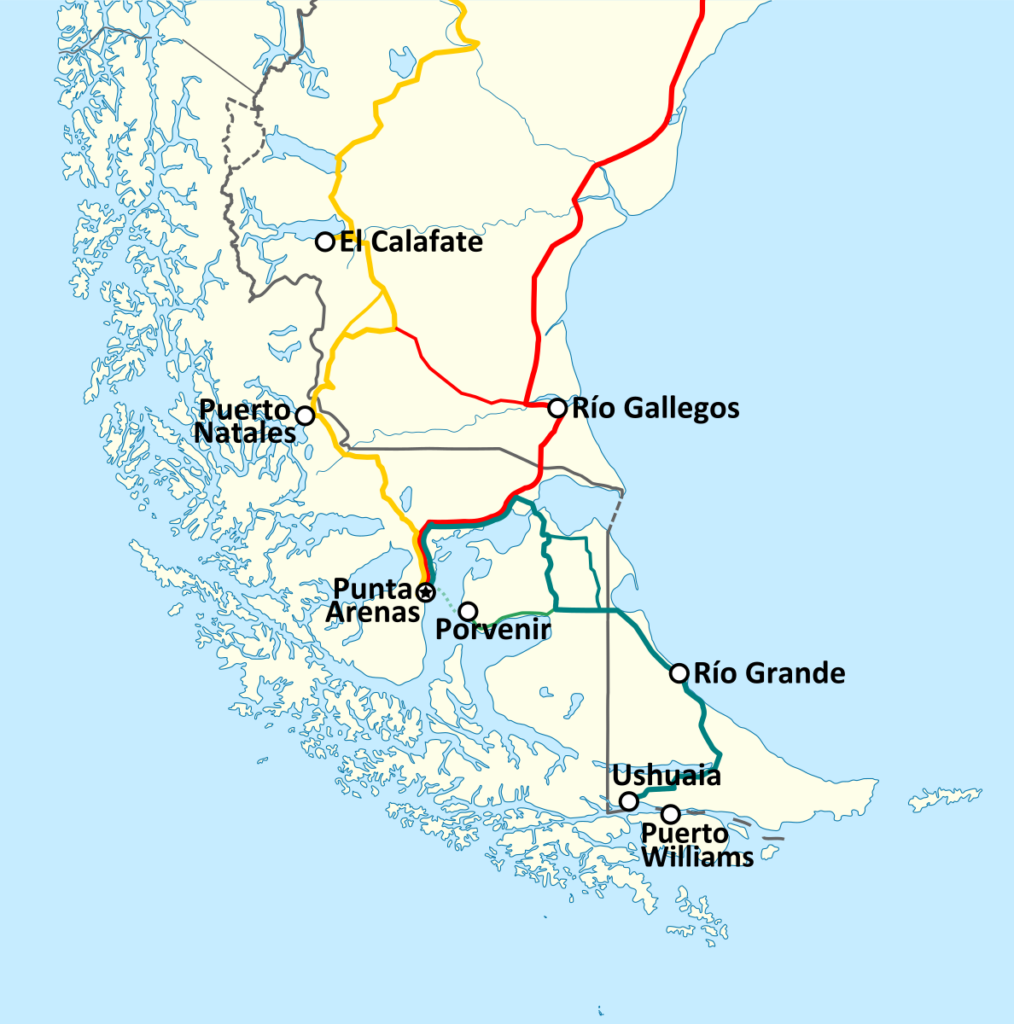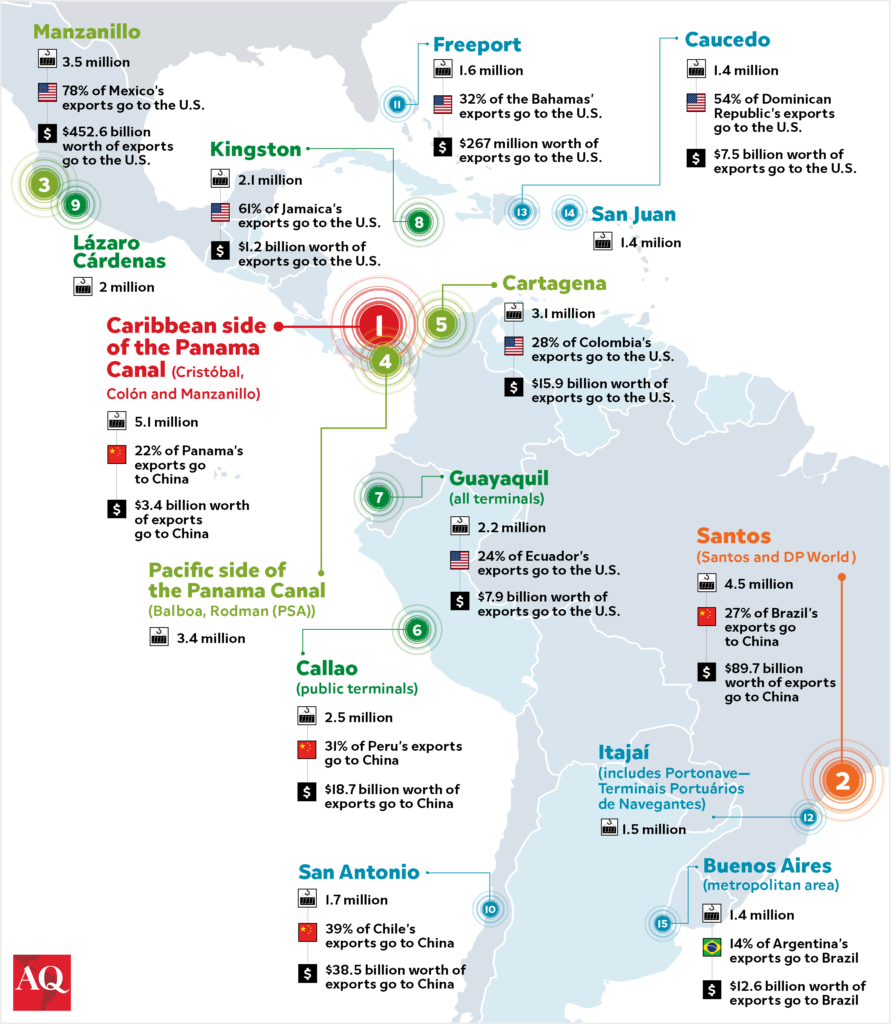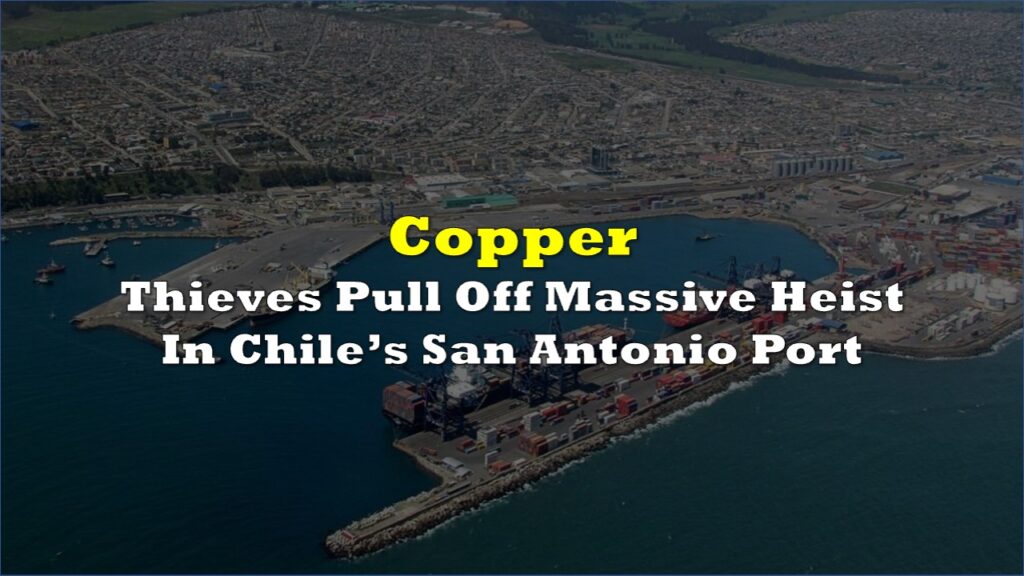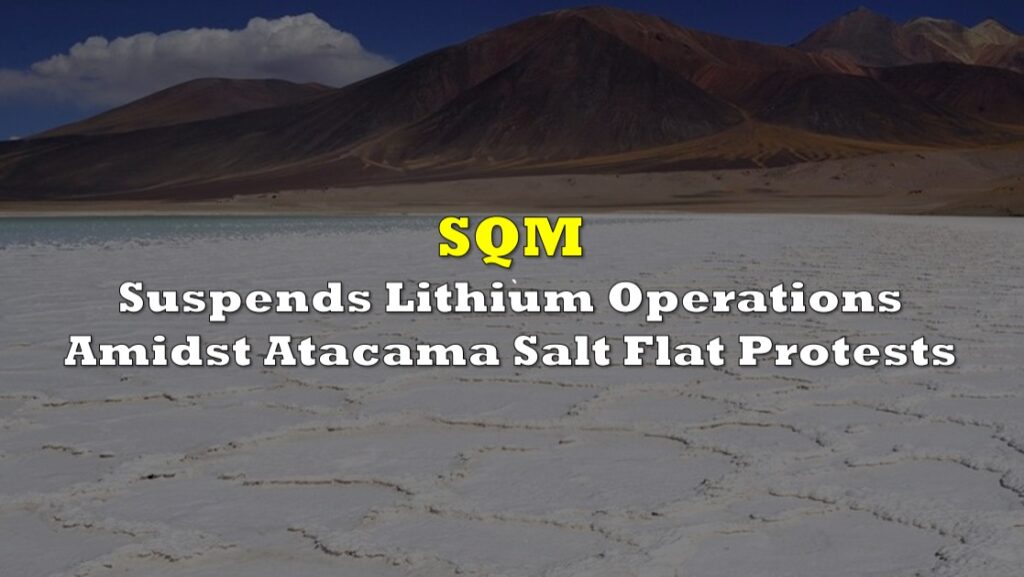Once considered a remote outpost at “the end of the world,” Punta Arenas is now catching the attention of global powers, including Washington and Beijing. The sudden surge in interest stems from the port city’s strategic location and its growing significance in the shifting dynamics of international trade and geopolitics.
Why is a port at "the end of the world" suddenly gaining interest from both Washington and Beijing? 1/x pic.twitter.com/ktSvneTy35
— Brian Winter (@BrazilBrian) April 23, 2024
Shipping traffic in Punta Arenas has nearly doubled over the past four years, a trend fueled by various factors reshaping global maritime routes. Wars disrupting shipping lanes in the Middle East and Europe have led to a reevaluation of alternative routes, and climate change-induced disruptions in the Panama Canal have further heightened the port’s appeal as an alternative passage. Additionally, advancements in green hydrogen technology have opened new possibilities for trade routes and energy infrastructure.
Situated at the entrance of the Strait of Magellan, Punta Arenas serves as a crucial gateway for exploration and exploitation activities in Antarctica, a region expected to gain strategic importance amid escalating environmental changes.

“We’re in a part of the world that’s increasingly strategic, and it transcends the country,” Punta Arenas Mayor Claudio Radonich said.
Global powers are racing to expand their presence. China has expressed interest in building a port complex near the Strait’s Atlantic mouth just across Chile’s border in Argentina. From there, Beijing could grow its presence in the region and also project influence in Antarctica, where geopolitical rivalry is heating up as the sea ice melts.
In April 2023, the head of the U.S. military’s Southern Command, General Laura Richardson, visited Argentina and Chile, stopping in Punta Arenas for a security briefing and a tour of the strait.
“If we want to move toward more just and inclusive development, we need more and better ports,” Chile’s President Gabriel Boric declared last October at the signing of a port expansion plan in Valparaíso. He lauded the “extraordinary modernization” of ports he had visited in China the previous week. Boric, who grew up in Punta Arenas, signed a $400 million, five-year investment program in November to upgrade ports and other infrastructure in Magallanes. But some wonder if it will be enough.
Indeed, investment is lagging in ports across much of Latin America and the Caribbean. Alarms were ringing as far back as 2018, when the regional development bank CAF determined that the region needed $55 billion in maritime and ports investment by 2040.
Since then, progress has been limited. Montevideo is currently undergoing a $500 million expansion that will more than double international cargo volume. Oil-rich Guyana is building out Georgetown. The biggest project is in Peru, where Chinese state-owned Cosco Shipping will soon debut the first phase of its $3.5 billion Chancay seaport near Lima. Many other ports, like Ecuador’s Guayaquil, Brazil’s Santos, and Chile’s San Antonio, remain dogged by inefficiencies and capacity constraints—as well as rising organized crime as cartels battle over lucrative smuggling routes.

Strait of Magellan
The traffic surge through the strait, a 380-mile interoceanic waterway that roughly resembles the mathematical symbol for square root, largely reflects disruptions elsewhere.
Drought has sapped water levels in the Panama Canal, where monthly transits have halved from their December 2021 peak, UNCTAD reported in February. In the Red Sea, Iran-backed Houthi rebels have been firing missiles at ships since last year, slashing Suez Canal crossings by 42% over the last two months. And in the Black Sea, shipping is tenuous because of Russia’s war in Ukraine. The turmoil has forced shippers onto longer alternative routes.

Among the vessels resorting to the strait are bulk carriers, gas tankers, and container ships. In recent years, traffic has been compounded by giant Chinese fishing fleets.
The surge poses a test for the navy, part of whose role is overseeing maritime safety. As in other waterways, navigational pilots, former naval officers in Chile’s case, deploy aboard all ships traversing the strait, while convoys accompany the Asian fishing fleets.
Accidents are rare, and the navy is determined to keep it that way.
“We can handle the traffic increase now, but if it continues, we’ll need to grow, both in infrastructure and personnel,” said navy Commander Felipe González Iturriaga, the recently posted maritime governor of Punta Arenas. “We’ll need more pilots, more people, and more resources to better control traffic with patrol boats.”
The rising traffic is reminiscent of a golden age etched onto neoclassical architecture around the leafy central square of Punta Arenas, Magallanes’ regional capital. In the late 19th and early 20th centuries, the young Republic of Chile strove to reinforce its sovereignty in Magallanes, heeding a deathbed plea by founding father Bernardo O’Higgins. Croatian and Spanish immigrants and Chileans from Chiloé island settled here, drawn by coal and gold mining, a customs-free port, and lucrative sheep and cattle ranching.
When the Panama Canal opened in 1914, the local economy dimmed. But Magallanes clung to its relative prosperity, especially after oil was discovered in the 1940s. The national oil company, Enap, imbued local culture for generations. But most of the hydrocarbons turned out to lie in Argentina, with which Chile nearly fought a war in 1978 over disputed islands in Cape Horn. Along scenic Route 255 that hugs the Strait, you can still spot army bunkers and warnings about landmines dating back to this tense era.
In Magallanes, green hydrogen could be a big deal for the economy. It’s a clean energy source made from water and renewable power, and it might replace dirty fuels. There are plans for big projects in Magallanes because it’s windy and not too crowded, perfect for making hydrogen.
“For Magallanes, this will be like going back in time, when we were a free port and ship traffic was enormous,” said María José Navajas, regional director of state development agency Corfo.
Experts think the global market for this could grow a lot by 2030. European companies are leading the way, aiming to meet environmental rules and move away from Russian gas.
For this optimistic plan to come true, seaports are essential. Initially, they will be needed to bring in equipment like turbines, electrolyzers, desalinization plants, and other necessary installations. Subsequently, these ports will play a crucial role in exporting products to markets such as Germany and Japan.
Chile has secured cooperation agreements with top-tier ports in Rotterdam, Antwerp-Bruges, and Singapore. Additionally, there are opportunities for multilateral financing to support infrastructure development.
Environment and permits
Progress on comprehensive logistics plans is steady, according to Alex Santander, the head of strategic planning and sustainable development at the Energy Ministry. The Boric administration aims for seaports to be open access and shared among developers to minimize the impact on the region’s rich wildlife, such as guanacos and condors. However, they also seek to promote industrial development that creates jobs.
Unlike Chile’s mining industry, where ports are usually built and owned by a single company, the shared infrastructure model is uncommon. Questions remain about who would operate these shared facilities.
For now, developers are pursuing their projects independently. HNH Energy eyes a terminal at San Gregorio, while Total Eren targets Posesión near the Atlantic mouth of the Strait. On Tierra del Fuego Island, CIP, Alfanar, and TEG are considering using Enap’s old Clarencia and Percy terminals at Gente Grande Bay.
In nearby Inutil Bay, GSTF plans an offshore wind farm for sustainable aviation fuel. However, environmental concerns, including nearby penguin colonies, complicate permit acquisition.
Chile’s approach to managing these environmental sensitivities will influence the pace and extent of investment. The administration claims it’s streamlining permitting without compromising the environment. However, skepticism remains, particularly among conservationists like Ricardo Matus, who fear unchecked development will harm fragile species like the Magellanic plover and ruddy-headed goose.
Building and operating jetties in the Strait will also be challenging and costly due to its rough conditions. While it doesn’t have massive waves like the Pacific ports in Chile, its wide tidal ranges and strong currents pose unique challenges, according to seaports consultancy PRDW.
Information for this story was found via Americas Quarterly and the sources mentioned. The author has no securities or affiliations related to the organizations discussed. Not a recommendation to buy or sell. Always do additional research and consult a professional before purchasing a security. The author holds no licenses.











